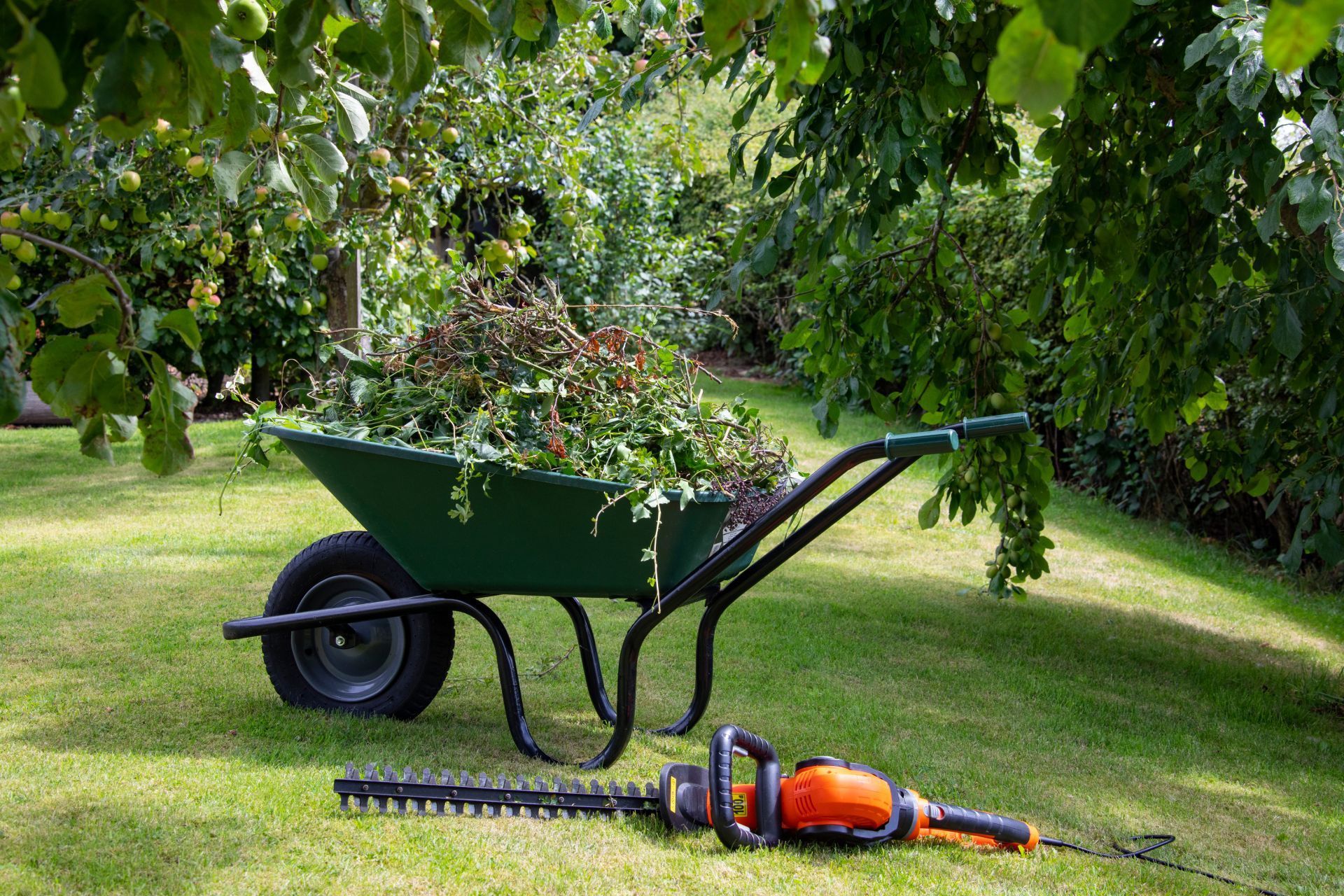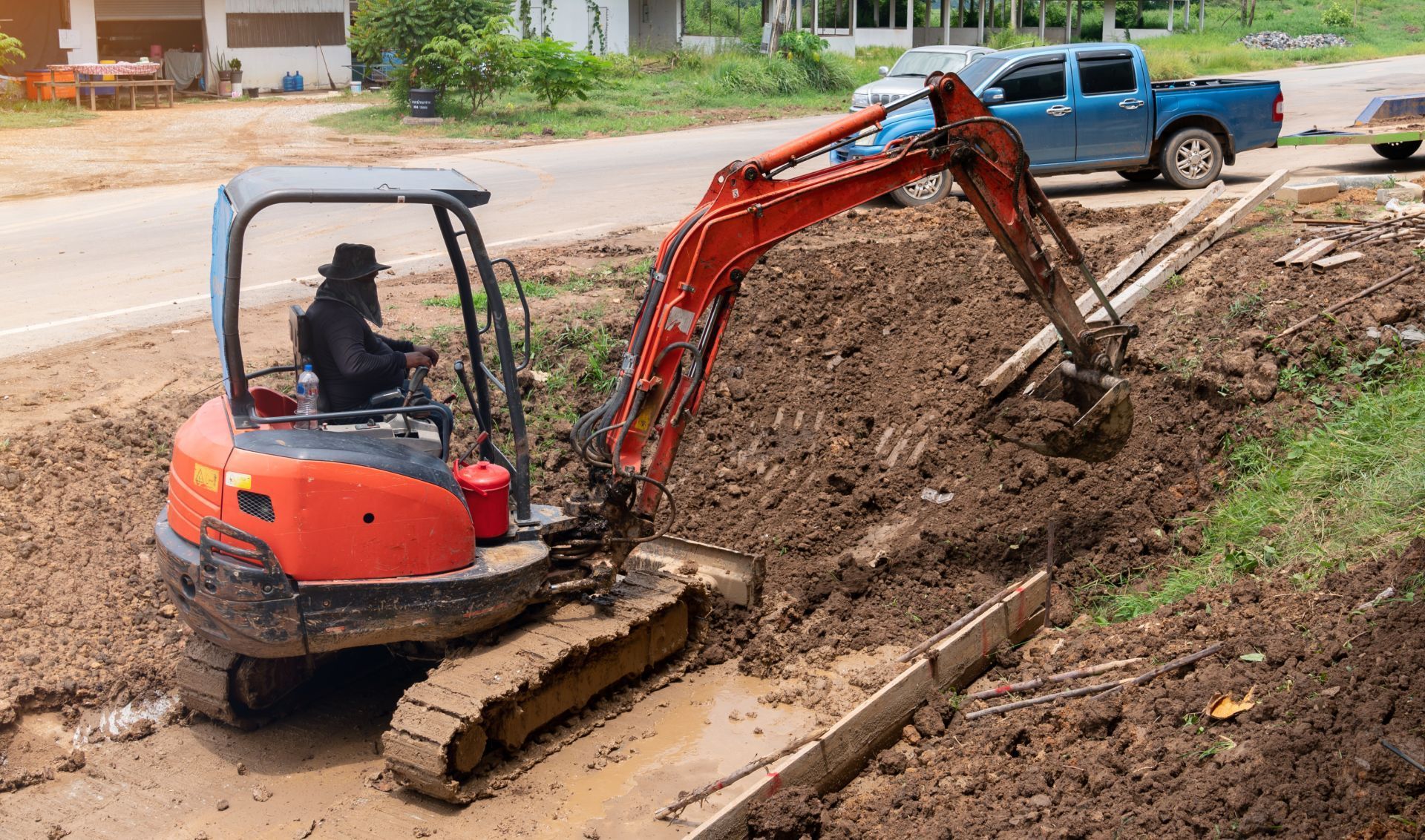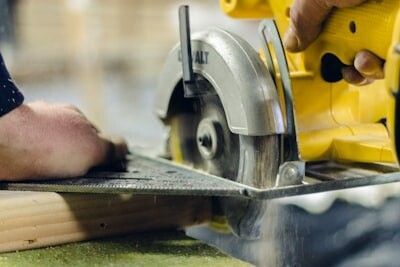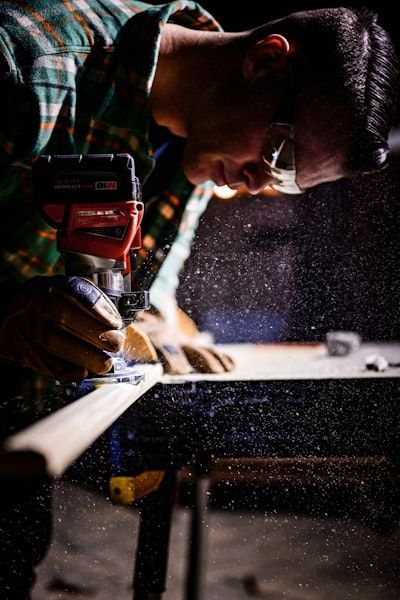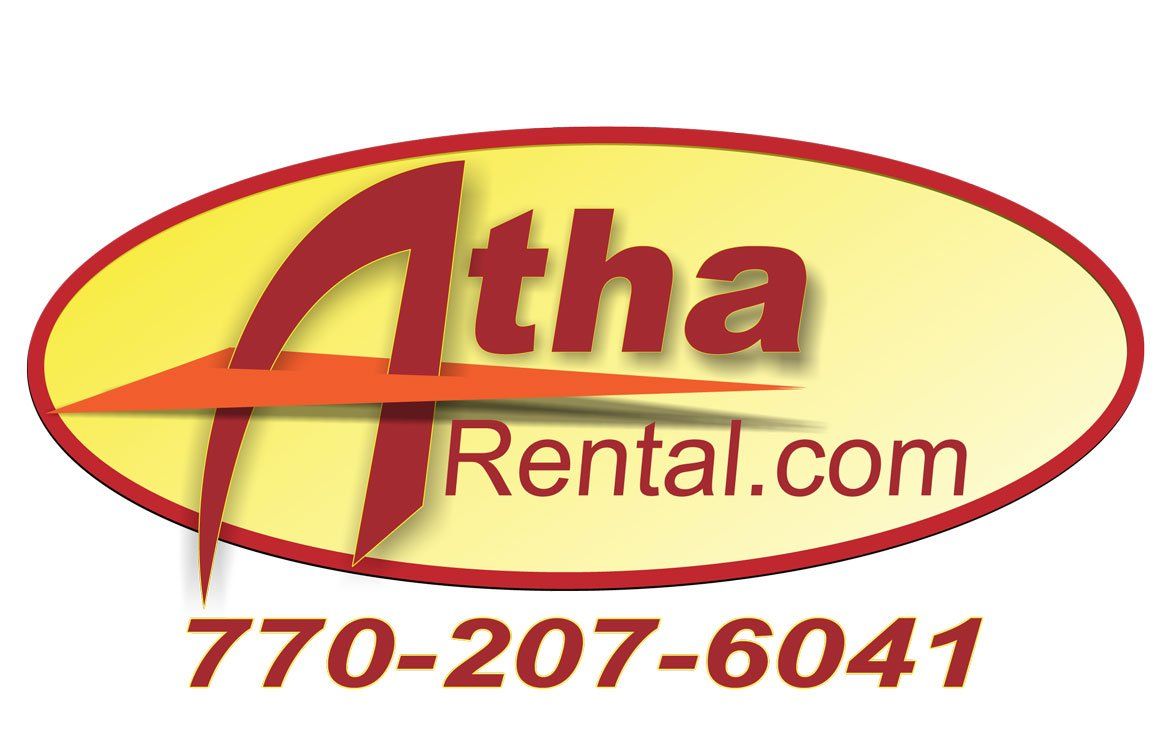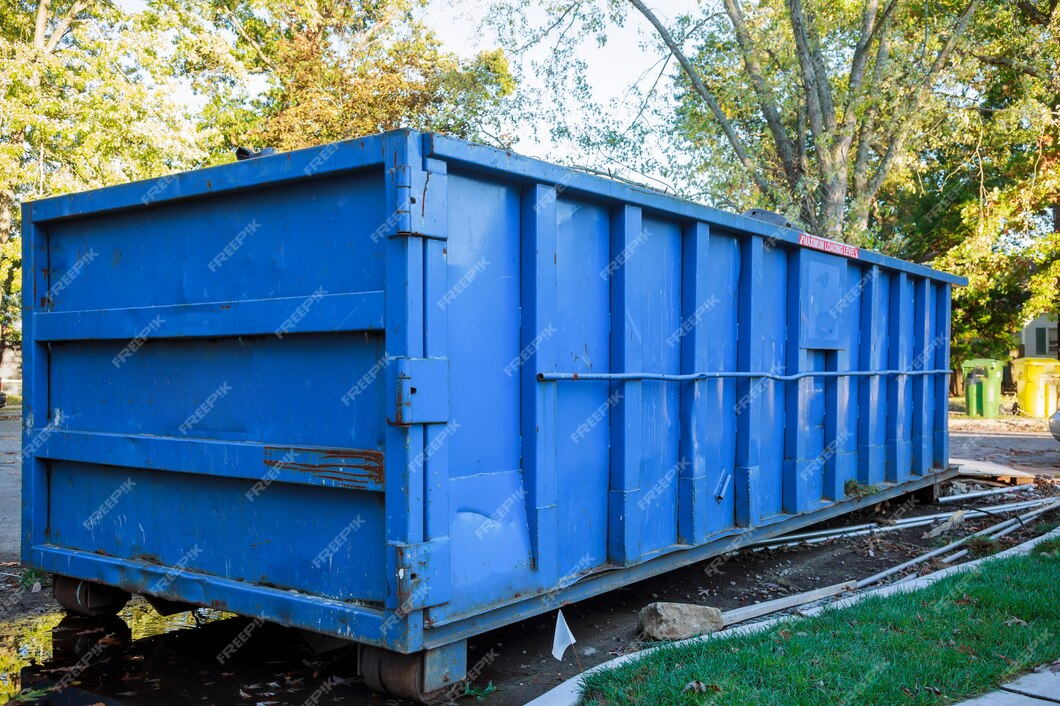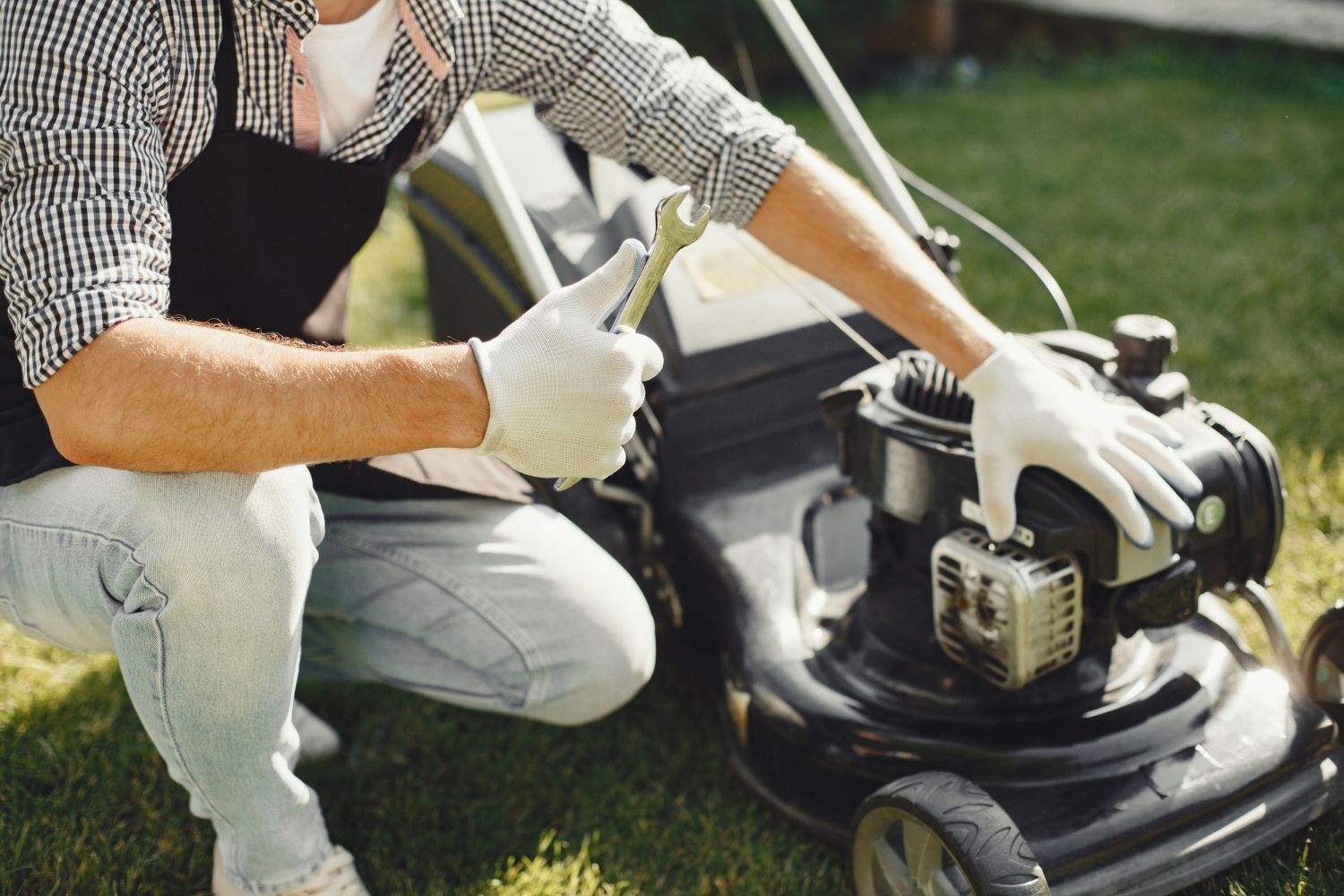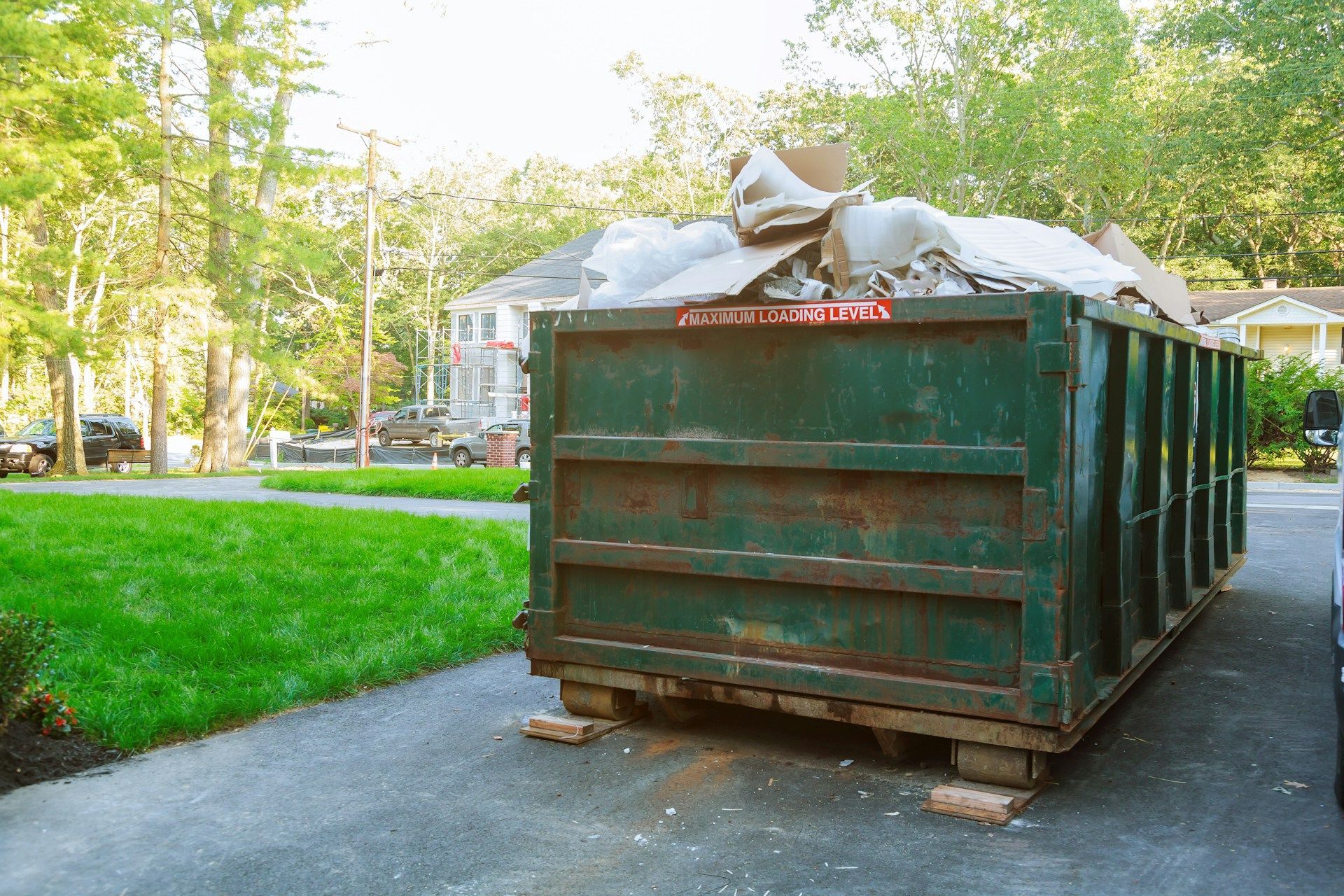Master the Skill of Compaction: Essential Tips for Renting and Operating Plate Compactors
Exploring Plate Compactor
When it comes to groundwork preparation, achieving the desired compaction is crucial for any landscaping or construction project. A well-compacted base provides a solid foundation and ensures the longevity of your project, whether it be a new driveway, patio, sidewalk, or retaining wall. Plate compactors are essential tools for achieving optimal compaction for soil, aggregate, or asphalt. However, to get the most out of your plate compactor rental, you need to understand how to properly select, operate, and maintain this versatile piece of equipment. That's where Atha Rental comes in, providing friendly customer service, unbeatable rental prices, and expert guidance to help you become a master of compaction.
In this informative guide, we will delve into the world of plate compactors, covering the essentials of selecting the right plate compactor for your specific project, safely operating and maintaining the equipment, and maximizing its efficiency. We aim to provide you with the knowledge and confidence necessary to tackle your groundwork preparation tasks effectively and achieve a successful outcome.
Stay tuned to the blog post, where we'll provide a comprehensive exploration of all things related to plate compactors, including selection, operation, safety, and maintenance tips. Atha Rental is your trusted partner for all your equipment rental needs in Monroe, GA, offering a wide range of tools and machinery to help you master the skill of compaction and achieve stunning results on your landscaping and construction projects.
Choosing the Right Plate Compactor for Your Project
Selecting the appropriate plate compactor for your project is critical to ensuring success and efficiency. Guided by the specific requirements of your project, consider the following factors when choosing a plate compactor:
1. Project size: Identify the size and scope of your compaction job to determine the necessary capacity and performance of the plate compactor.
2. Soil type: Understand the type of soil or material you'll be compacting, as different plate compactors offer varying levels of performance for specific soil types.
3. Desired compaction level: Establish the level of compaction required for your project, which will help determine the force, frequency, and amplitude of the plate compactor you'll need.
At Atha Rental, our experienced team will help you navigate the selection process, ensuring you have the ideal plate compactor for your project.
Operating Your Plate Compactor: Step-by-Step Instructions
Using a plate compactor effectively and safely is essential to achieve the desired compaction level in your project. Follow these step-by-step instructions for a seamless operation:
1. Check the equipment: Before starting the plate compactor, perform a quick inspection to ensure it's in proper working condition.
2. Fill fuel and oil: Ensure the fuel and oil levels are sufficient according to the manufacturer's recommendations.
3. Adjust the throttle: Adjust the throttle to the appropriate setting for your soil type, as recommended by the manufacturer.
4. Start the engine: Turn on the plate compactor's engine, allowing it to achieve operating speed.
5. Begin compacting: Slowly and steadily guide the plate compactor across the surface, maintaining a consistent pace for even compaction.
6. Complete multiple passes: For optimal results, complete multiple passes, and be sure to overlap with each pass for thorough coverage.
Safety Precautions When Operating Plate Compactors
To ensure a safe working environment while operating a plate compactor, adhere to these vital safety precautions:
1. Wear personal protective equipment (PPE): Always equip yourself with the appropriate PPE, including safety glasses, ear protection, gloves, and sturdy work boots.
2. Read the operator's manual: Familiarize yourself with the plate compactor's operator manual and follow the manufacturer's safety guidelines and operating instructions.
3. Maintain a stable work area: Work on a stable and level surface, free of debris, loose stones, and other hazards.
4. Avoid overexertion: Be mindful of your physical limits and be sure to take breaks when needed to prevent overexertion.
5. Keep bystanders at a safe distance: Make sure no unauthorized personnel or bystanders are in the vicinity when operating a plate compactor.
Maintaining Your Rented Plate Compactor for Optimal Performance
Proper maintenance is key to keeping your rented plate compactor in excellent condition throughout the project. Follow these best practices for effective maintenance:
1. Clean after each use: Regularly inspect and clean your plate compactor after use, removing dirt, debris, and loose material from the base plate.
2. Check for wear and damage: Periodically check the plate compactor for any signs of wear or damage, such as cracks, loose nuts, or worn belts.
3. Lubricate moving parts: Apply lubricant to the plate compactor's moving parts according to the manufacturer's recommendations.
4. Contact Atha Rental for assistance: If you encounter any issues during your rental, promptly contact Atha Rental for support and maintenance advice.
Conclusion
Renting and operating a plate compactor can be a smooth and hassle-free experience when you possess the right knowledge and follow crucial safety precautions. From selecting the ideal plate compactor for your project to utilizing best practices for its operation and maintenance, you can master the art of compaction and achieve impressive, durable results in your landscaping and construction endeavors.
Trust Atha Rental for friendly customer service, unbeatable prices, and a comprehensive range of high-quality
equipment rentals in Monroe, GA. Elevate your compaction skills and accomplish your groundwork preparation tasks with confidence by partnering with the expert team at Atha Rental.

